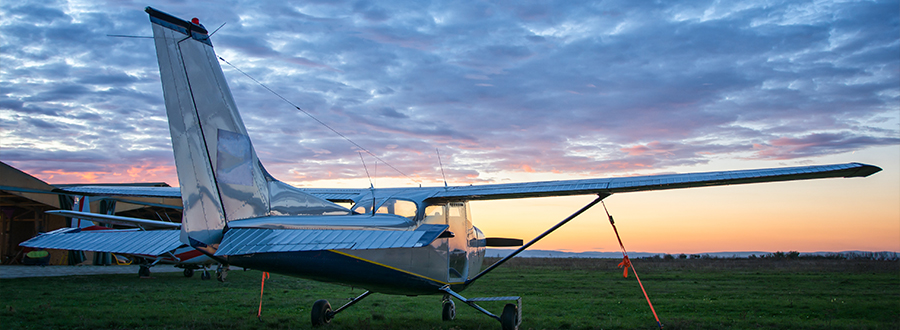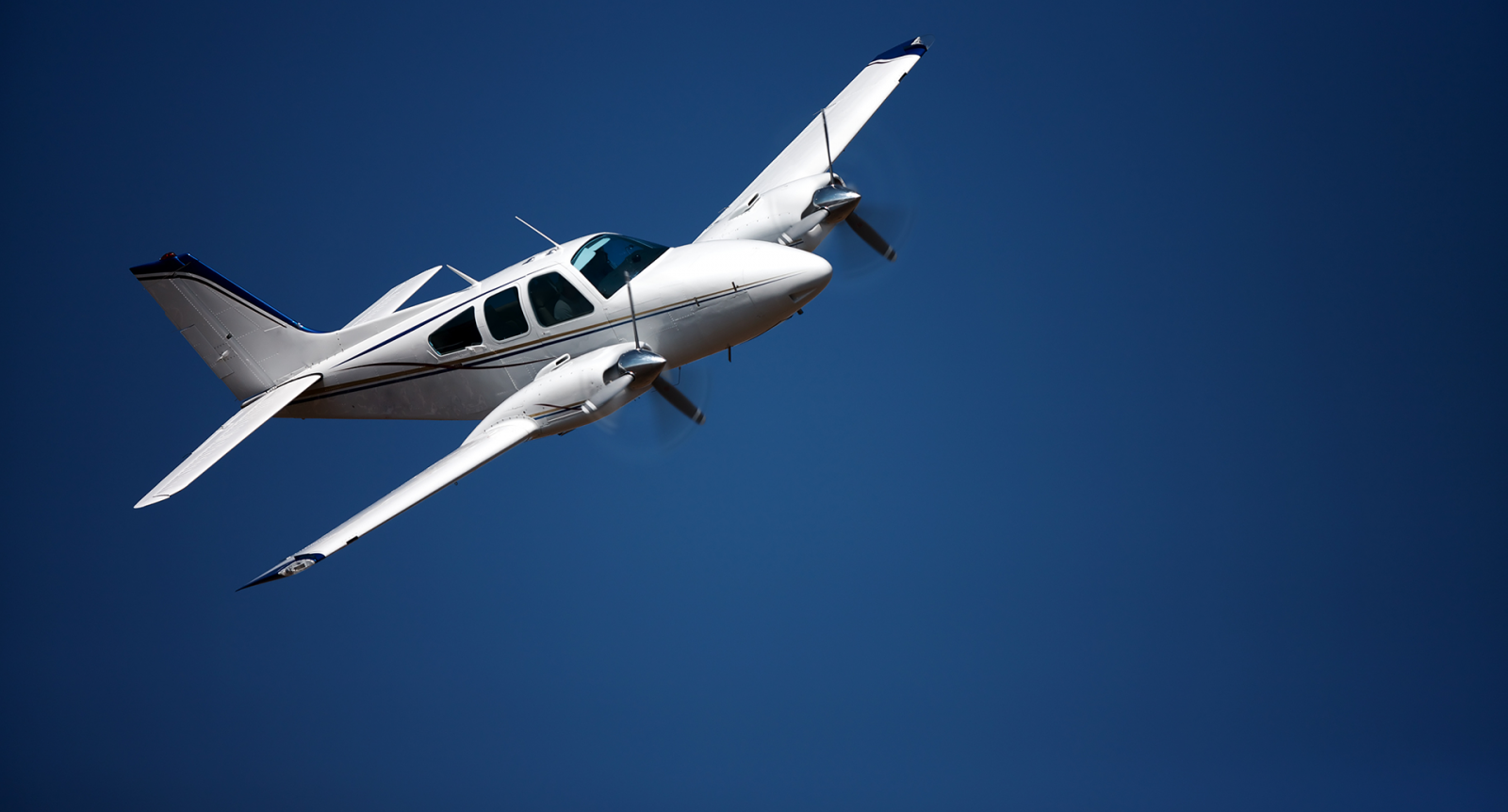Ashburton Airport Development Plan
Ashburton Airport is Mid Canterbury’s dedicated aerodrome. It has been providing facilities for the district’s aviation enthusiasts since 1930.
Beginning as a 20 hectare site, north-east of Ashburton, the Airport has evolved into a 100 hectare hub for recreational flights, museum tours, and events which contribute to the district’s character and appeal. While the Airport’s development has progressed, it has not been guided by a strategic long-term plan.
By 2021, Ashburton Airport was seeing increased interest from people and businesses wanting to build more aircraft hangars there. This interest prompted us to consider how best to manage future growth and development at the Airport in a way that benefits not only those using the facility, but also the district and its people.

This plan was developed following consultation with Airport users and neighbours and a formal public consultation. We received 109 submissions in response to our consultation, with nine submitters presenting at the hearing held 14 September 2022.
You can view the summary of feedback we received here.
This Ashburton Airport Development Plan, adopted by Council 5 October 2022, sets out how the Airport will be enhanced over the next 30 years.
